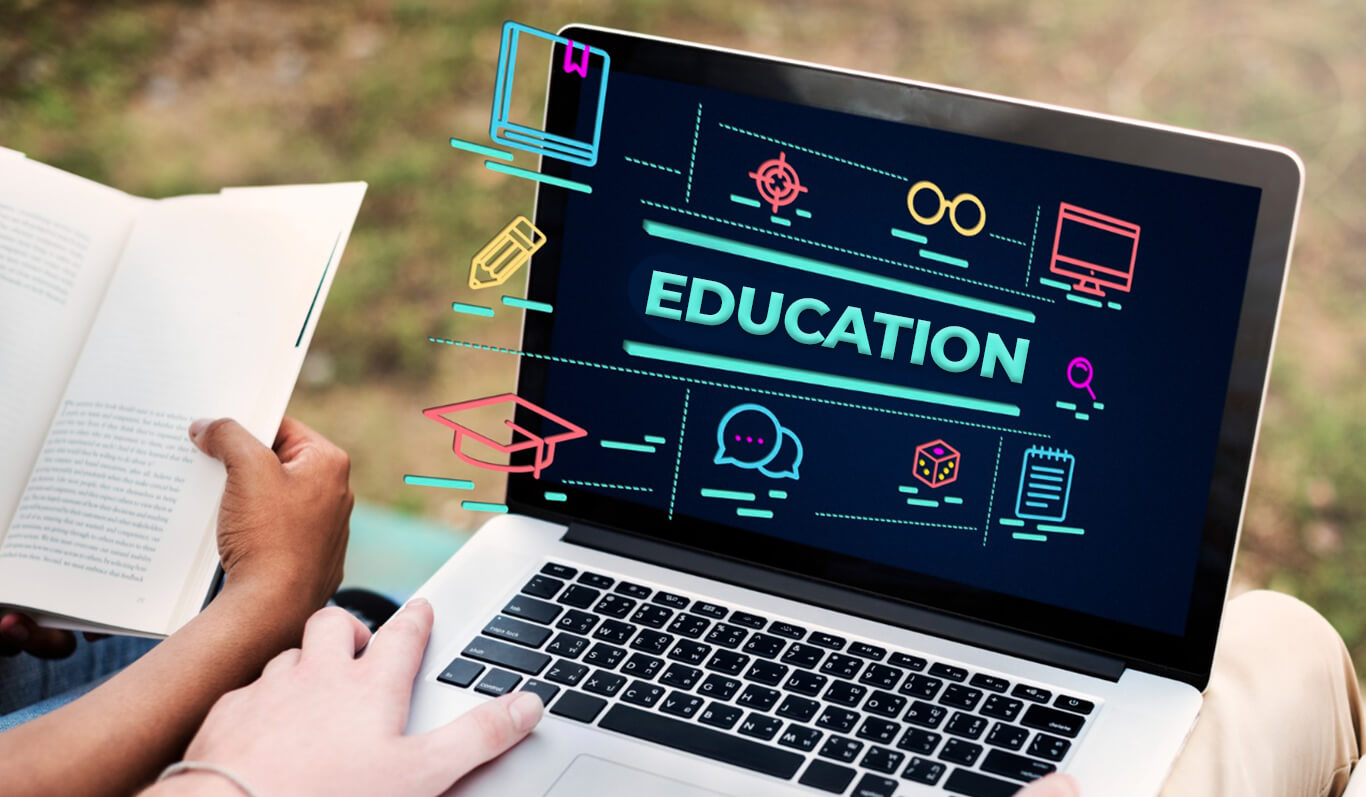There is no doubt that technology has significantly changed the way that education is practiced. Learning is now more accessible, efficient, and effective than ever, thanks to the internet and the spread of mobile devices. Technology in education has transformed Traditional learning methods, opening up new opportunities for students and extending the boundaries of what can be learned. In this article We’ll look at ten important roles that technology plays in education.

List of 20 Important Roles of technology in learning.
- Accessibility Enabler: Technology has made education accessible to learners worldwide, breaking down barriers of distance and providing opportunities for remote and underserved populations.
- Personalized Learning: Technology allows for adaptive learning experiences tailored to individual students’ needs, pacing, and learning styles.
- Engaging Multimedia: Interactive tools, multimedia content, and immersive simulations captivate learners, fostering engagement and deeper understanding of complex concepts.
- Collaborative Learning: Technology facilitates collaboration among students, enabling seamless communication, sharing of ideas, and collaborative projects.
- Instant Feedback: Online assessments and automated feedback mechanisms provide immediate evaluation and personalized feedback, supporting students’ continuous growth and improvement.
- Global Learning Communities: Technology connects learners across the globe, fostering cross-cultural understanding, collaboration, and diverse perspectives.
- Lifelong Learning: Technology promotes self-paced and lifelong learning, empowering individuals to pursue education and skill development throughout their lives.
- Accessibility Tools: Assistive technologies support learners with disabilities, ensuring equal access to educational resources and opportunities.
- Data-Driven Insights: Technology enables the collection and analysis of learning data, empowering educators to identify trends, personalize instruction, and make data-informed decisions.
- Blended Learning: Technology facilitates the integration of online and face-to-face learning, combining the benefits of both modalities to create a holistic and flexible learning environment.
- Personalized Instruction: Technology allows for adaptive learning paths and customized instructional materials to meet the unique needs of each student, promoting individualized growth and achievement.
- Gamification and Learning: Technology integrates gamification elements, such as points, badges, and leaderboards, to enhance motivation, engagement, and knowledge retention among learners.
- Virtual Reality (VR) and Augmented Reality (AR): Immersive technologies like VR and AR provide experiential learning opportunities, allowing students to explore virtual environments and interact with digital content in a more engaging and interactive way.
- Artificial Intelligence (AI) in Education: AI-powered tools and algorithms analyze student data, provide personalized recommendations, automate administrative tasks, and enable intelligent tutoring systems, enhancing efficiency and effectiveness in education.
- Flipped Classroom Approach: Technology supports the flipped classroom model, where students learn new concepts independently through online resources, allowing class time to be dedicated to discussions, problem-solving, and hands-on activities.
- Digital Citizenship and Online Safety: Technology fosters digital literacy and educates students about responsible online behavior, cybersecurity, and the ethical use of digital resources.
- Remote and Distance Learning: Technology enables remote and distance learning, especially during times of crisis or for individuals unable to attend physical classrooms, ensuring continuous education and access to resources.
- Real-World Connections: Technology facilitates connections with experts, professionals, and guest speakers from various fields, exposing students to real-world applications and fostering career exploration.
- Data Privacy and Security: Technology emphasizes the importance of data privacy and security protocols to safeguard sensitive student information and maintain trust within the educational ecosystem.
- Professional Development for Educators: Technology provides opportunities for educators to engage in online professional development, access resources, collaborate with peers globally, and stay updated with the latest teaching methodologies and tools.
Conclusion
Technology significantly impacts learning and has changed education in many ways. It improves accessibility, individualizes learning experiences, promotes collaboration, offers immediate feedback, connects global learning communities, supports lifelong learning, empowers learners with disabilities, enables the blending of online and offline learning environments, and harnesses data for insights. Technology will undoubtedly continue to influence education by creating new opportunities and broadening the scope of learning as it develops.